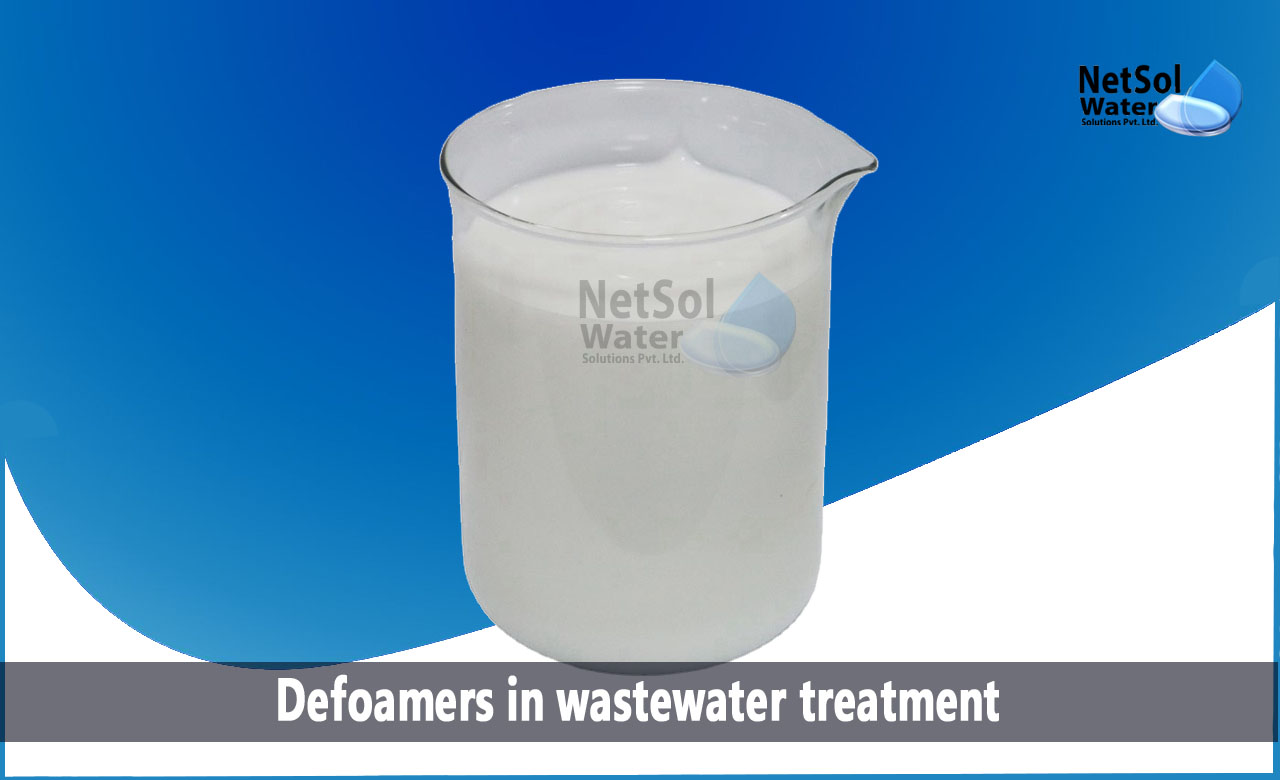How Defoamers Enhance Efficiency in Manufacturing and Production
Selecting the Right Defoamer for Your Details Application Requirements
Picking the ideal defoamer for details application demands is a nuanced process that requires careful consideration of numerous variables, such as the foam operating, medium, and kind conditions. Comprehending the subtleties of defoamer performance-- including speed and perseverance-- while likewise accounting for governing and environmental factors is important. Furthermore, engaging in tests and speaking with manufacturers can offer valuable understandings. Navigating these intricacies can be complicated, and the consequences of an inadequate selection may be substantial. What techniques can be employed to make certain an ideal option?
Understanding Foam Formation
Foam formation happens when gas is trapped within a liquid, producing a secure framework of bubbles. This phenomenon can substantially impact numerous commercial procedures, specifically in industries such as food manufacturing, pharmaceuticals, and wastewater treatment. The existence of foam can hinder mixing, minimize product top quality, and also result in operational inefficiencies.
Foam commonly forms due to a combination of factors, including surface-active agents, frustration, and the characteristics of the liquid phase. Surfactants reduced the surface tension of the liquid, assisting in the development of bubbles that can coalesce and stabilize. Frustration, whether from mechanical mixing or gas introduction, boosts bubble formation, causing boosted foam volume.
Comprehending the mechanics of foam development is important for sectors intending to enhance their processes. By identifying the certain conditions that advertise foam generation, organizations can carry out techniques to reduce its impacts.
Sorts Of Defoamers Available
Various kinds of defoamers are available to attend to the challenges presented by foam in commercial applications. defoamers. Extensively identified, defoamers fall under 3 groups: silicone-based, non-silicone-based, and natural defoamers
Silicone-based defoamers are renowned for their efficiency and stability throughout a wide variety of temperature levels and pH degrees. They are normally made use of in applications where strong foam reductions is needed, such as in adhesives, coatings, and paints. Their reduced surface area tension enables quick foam collapse.
Non-silicone-based defoamers, often made from organic substances, offer an alternative for applications conscious silicone residues. These defoamers can be more divided into polyether and ester types, each tailored to fulfill specific formulation requirements. Non-silicone defoamers are regularly used in food processing and personal treatment items as a result of their compatibility with numerous solutions.
All-natural defoamers, originated from plant or animal resources, are acquiring grip as a result of their environmentally friendly account. These items are especially appealing in applications where governing conformity and sustainability are extremely important, such as in agrochemicals and biotechnology.
Picking the best type of defoamer is critical for enhancing performance and ensuring compatibility with specific applications.
Secret Application Factors To Consider
When selecting a defoamer, it is vital to take into consideration the specific application needs to make certain ideal useful reference efficiency. defoamers. Various sectors have unique needs, such as food processing, pharmaceuticals, or wastewater treatment, and each application might require one-of-a-kind defoaming buildings
Key variables to assess consist of the tool in which the defoamer will certainly be utilized, whether it is water-based, oil-based, or a combination thereof. The temperature and pH degrees of the application can additionally significantly influence the efficiency of a defoamer. In addition, compatibility with various other chemicals present in the system is crucial to avoid damaging responses that might endanger performance.
One more important consideration is the foaming behavior of the particular system. Recognizing whether the foam creates rapidly or gradually can lead the selection of a defoamer that targets the origin reason effectively. The preferred speed of defoaming can affect the option, as some applications need rapid activity while others might endure slower defoaming processes.
Lastly, ecological and governing considerations should not be overlooked, especially in markets with rigorous conformity needs. Picking a defoamer that aligns with these elements ensures both performance and security in the application.

Performance Screening Approaches
Evaluating the efficiency of a defoamer needs a methodical method to testing that accurately gauges its performance in certain applications. Numerous performance testing techniques can be used to ascertain the optimum defoamer for a given formula.
One typical technique is the bubble examination, which evaluates the defoamer's capability to minimize foam quantity over time. This examination involves producing a steady foam and after that including the defoamer to observe the rate of foam collapse.

Eventually, selecting the ideal efficiency screening method depends upon the specific application and the kind of foam being dealt with. Each technique provides valuable data that can direct formulation adjustments and improve the performance of the defoamer in sensible applications.
Ideal Practices for Option


Following, think about the defoamer's efficiency in regards to speed of activity and persistence. A quick-acting defoamer may be needed for this post processes where quick foam suppression is crucial, while a much more consistent formula might be needed for extended foam control. Additionally, assess the ecological impact of the defoamer, including its biodegradability and any regulatory conformity needs.
Conduct tests with chosen defoamers to determine their performance in real-world conditions. By sticking to these ideal methods, you can boost foam control effectiveness and ensure the durability of your processes.
Verdict
In summary, picking the ideal defoamer necessitates a detailed evaluation of various elements, including foam kind, medium, operating conditions, and environmental considerations. Comprehending the one-of-a-kind characteristics of foam formation and the available defoamer options is critical.
Selecting the suitable defoamer for specific application requirements is a nuanced process that demands careful factor to consider of multiple aspects, such as the foam type, operating, and medium conditions.Selecting the appropriate defoamer is important for attaining optimum efficiency in foam control applications. A quick-acting defoamer might be needed for procedures where rapid foam suppression is vital, while an extra persistent formulation may be needed for long term foam control.In summary, picking the ideal defoamer requires a thorough evaluation of numerous aspects, including foam kind, tool, operating conditions, and environmental factors to consider. Understanding the distinct characteristics of foam development and the offered defoamer choices is crucial.